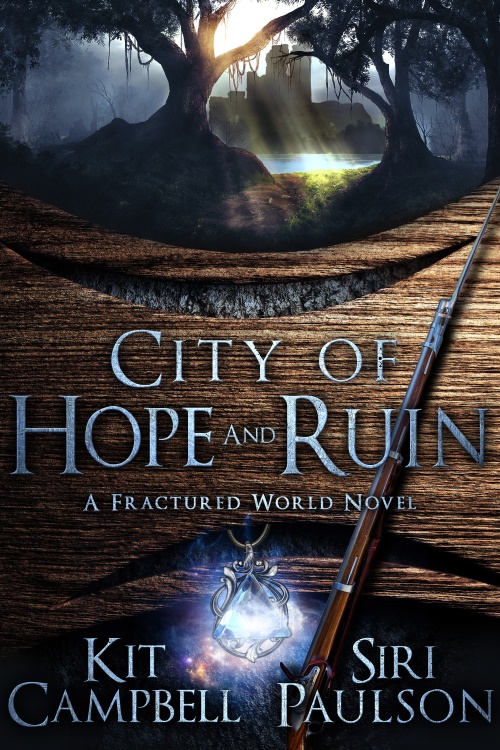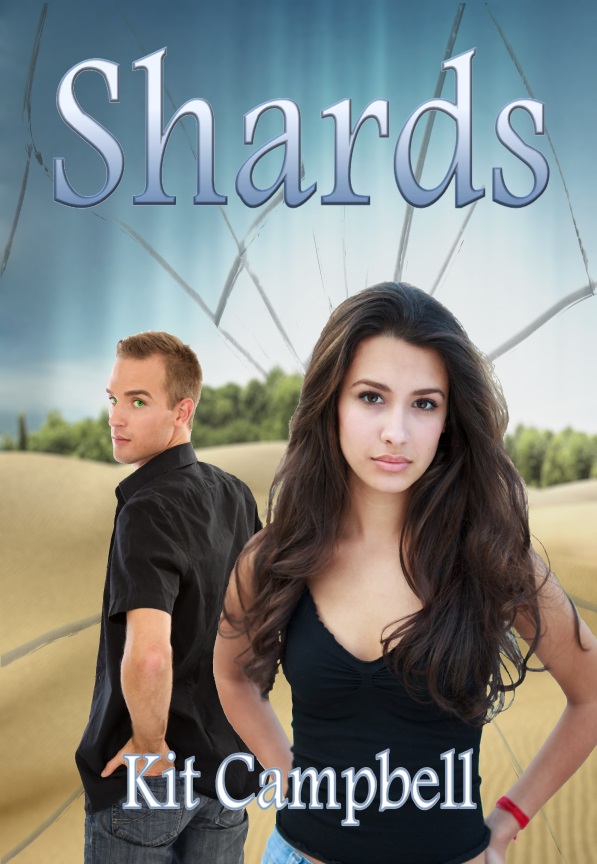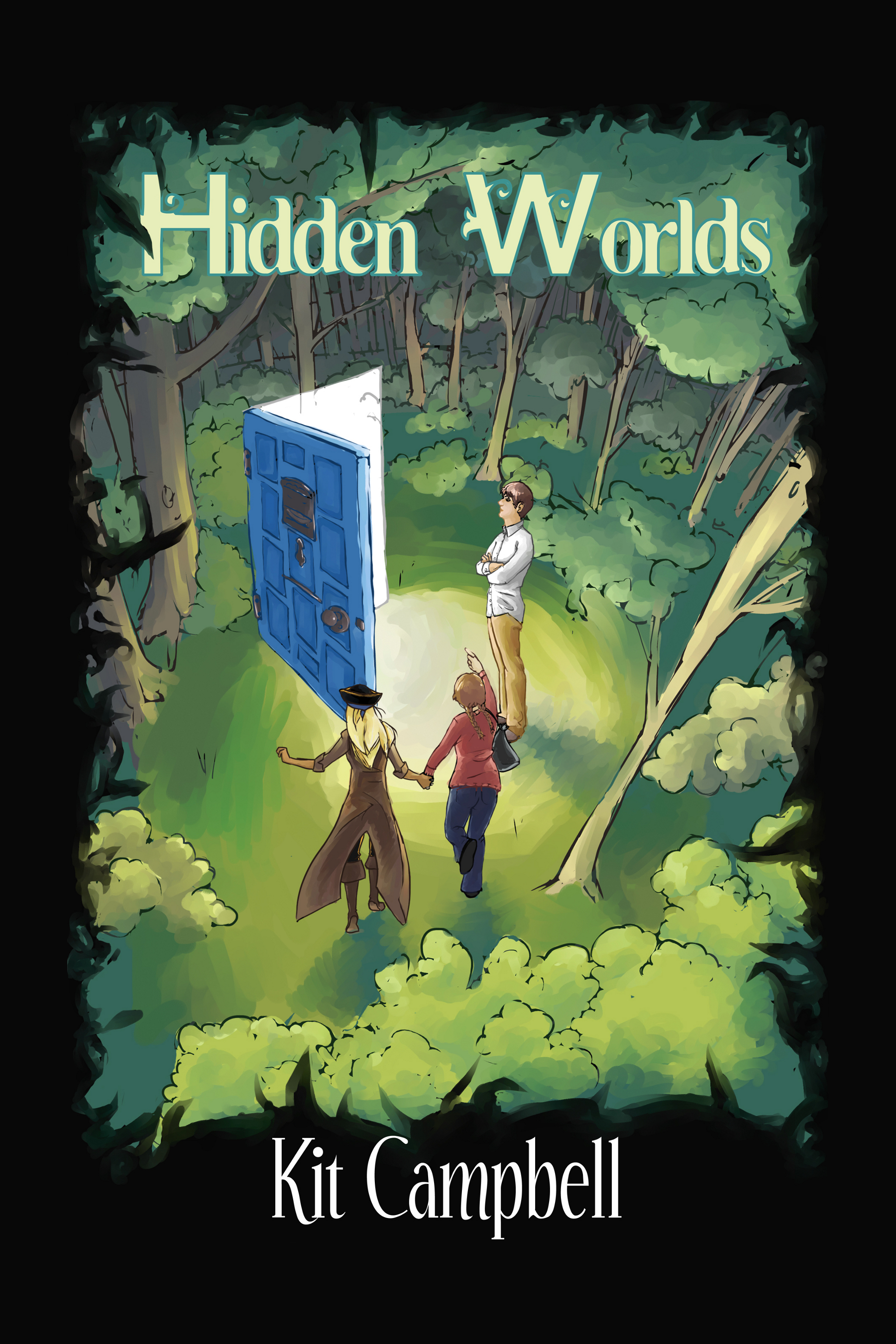So I lied, Squiders, and found one more common writing mistake.
Today we’re going to talk about conflict. Conflict in the writing sense is when something stands in your protagonist’s way of getting what he/she/it wants.
(NOTE: The protagonist of a scene may be different than the protagonist in the book.)
Conflict breaks down into external (forces outside the protagonist standing in the way) and internal (forces inside the protagonist standing in the way).
In elementary school, you probably learned a conflict breakdown that included Man vs. Man, Man vs. Nature, etc. That’s just a further breakdown of external conflict, for the most part.
Stories need conflict to be interesting. The tendency for some beginning authors is to think that means they need exciting things, like battles and car chases and gunfights, etc. While these things can all be good in the right circumstance, without an emotional tie to the plot, they fall flat.
A conflict does not need to be big, but it does need to be present. This is why scenes where the character brushes their teeth or takes a shower so often fail. Now, if they’re taking a shower to wash off the blood, or if they notice their canine teeth don’t look quite right…
Kit! I hear you shout. But what about slice of life stories? Or literary stories? Those don’t have conflict.
Sure they do. They might not have “Evil shall descend on the land and destroy all life” levels of conflict, but they have it.
The best book I read last year was A Man Called Ove by Fredrik Backman. It was originally published in Swedish and was translated into English in 2013. The main conflict is that Ove wants to die, and things (mostly people and cats) keep getting in his way. It’s a lovely book and I highly recommend it if you have not read it.
Is this an earth-shattering conflict? No. Does it matter to anyone except Ove? No. But it is there.
A story needs an overarching conflict that drives the plot, but each scene also needs some form of conflict. These can be directly related to plot, or they can be related to characterization or a subplot. And, as I noted above, the protagonist of a scene (the one who has a conflict thrown in his way) does not have to be the protagonist of the book. In some cases, the book’s protagonist can be the antagonist in a scene.
There can be the urge to include scenes just because they’re fun, or they’re exciting, or they’ve got the coolest bit of worldbuilding in them. But ask yourself two questions:
- Is this scene telling me anything about my character?
- Is this scene driving the story forward?
If the answer to both is no, the scene’s doing nothing, and it either needs to be removed, or it needs to be reworked.
Thoughts on conflict, squiders? Tips on making sure you’ve got the right amount/the right type of conflict?



